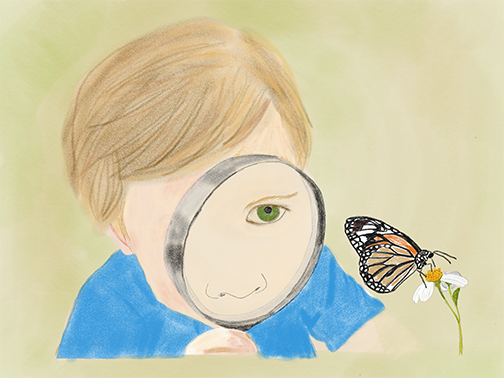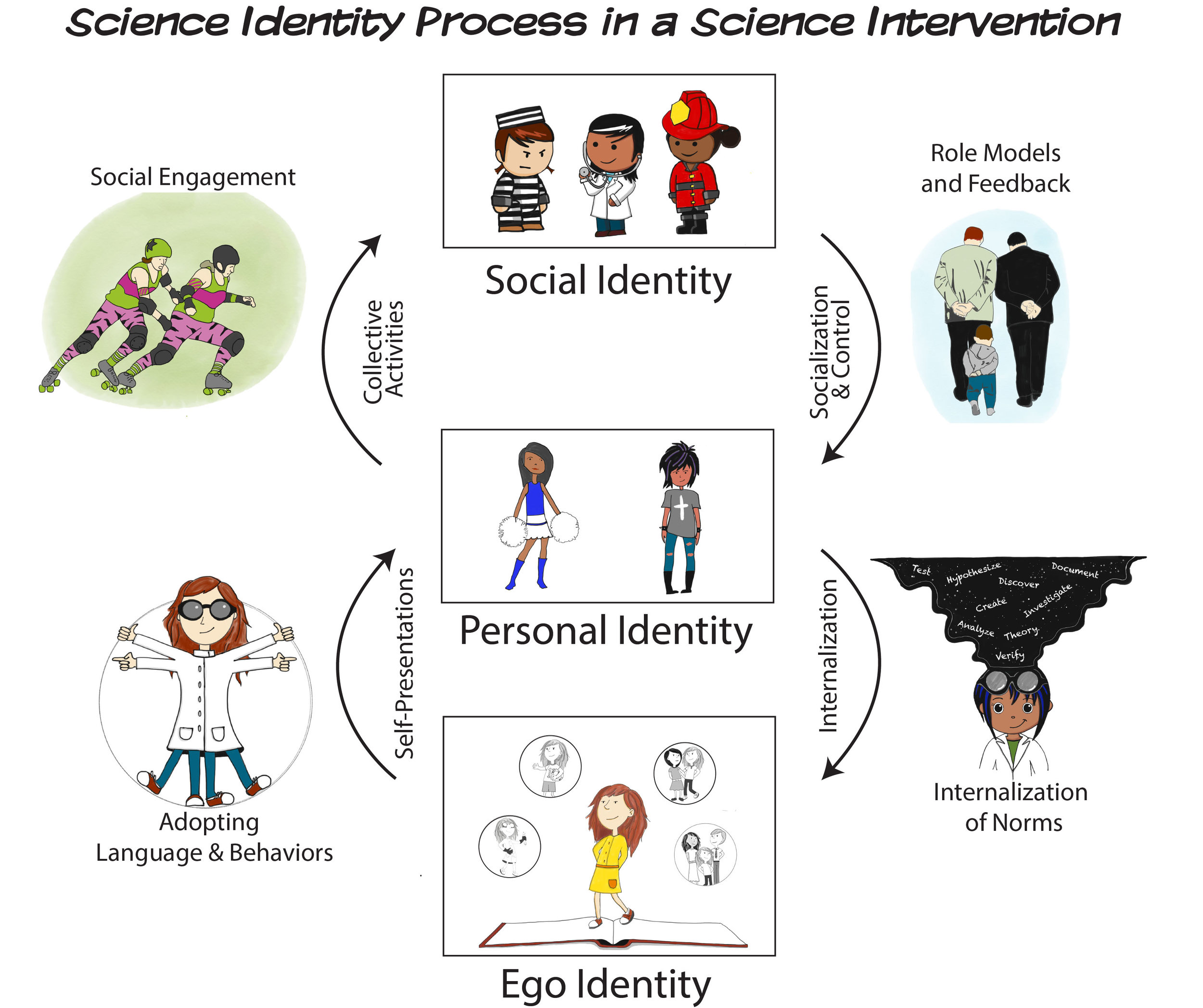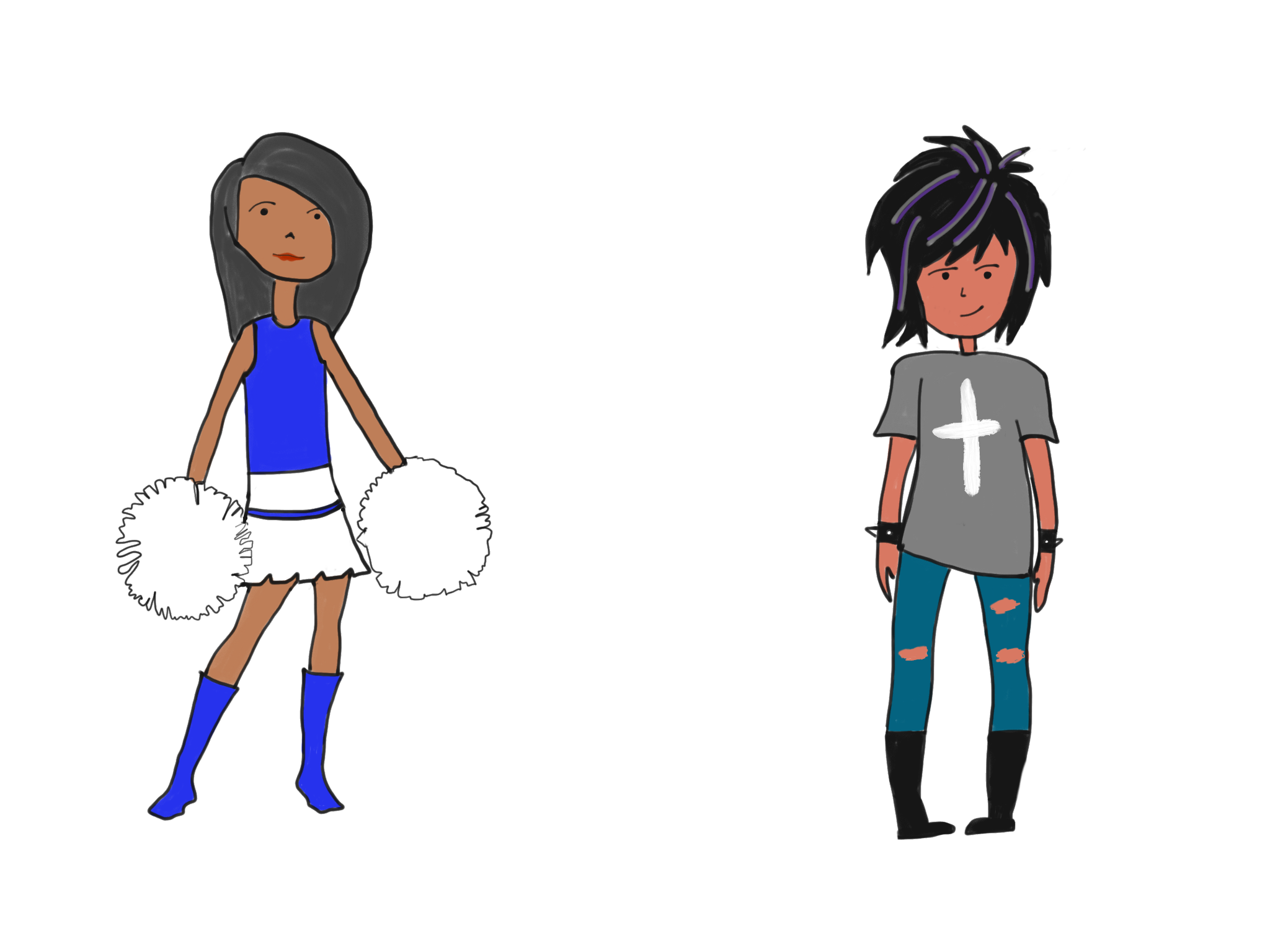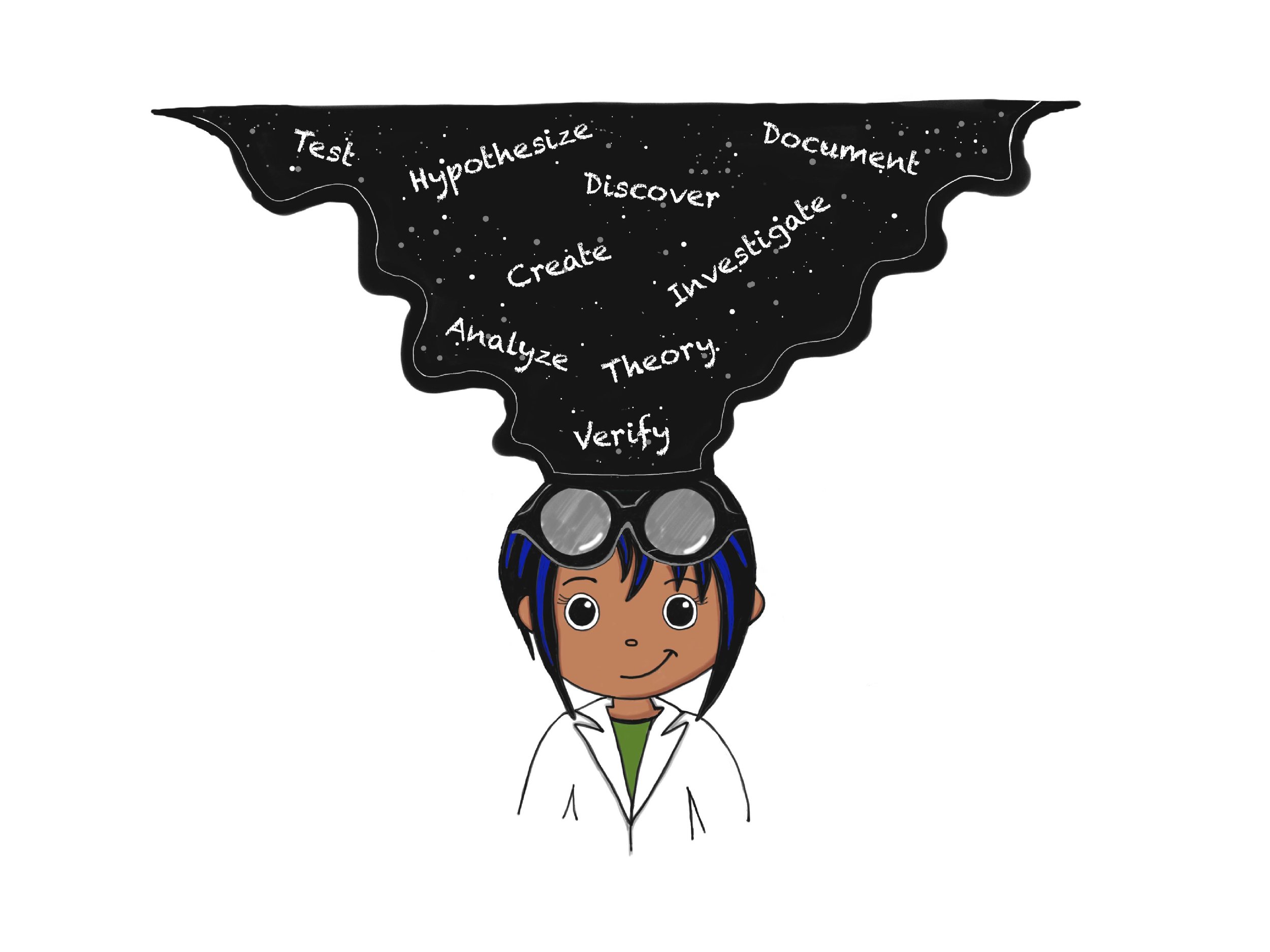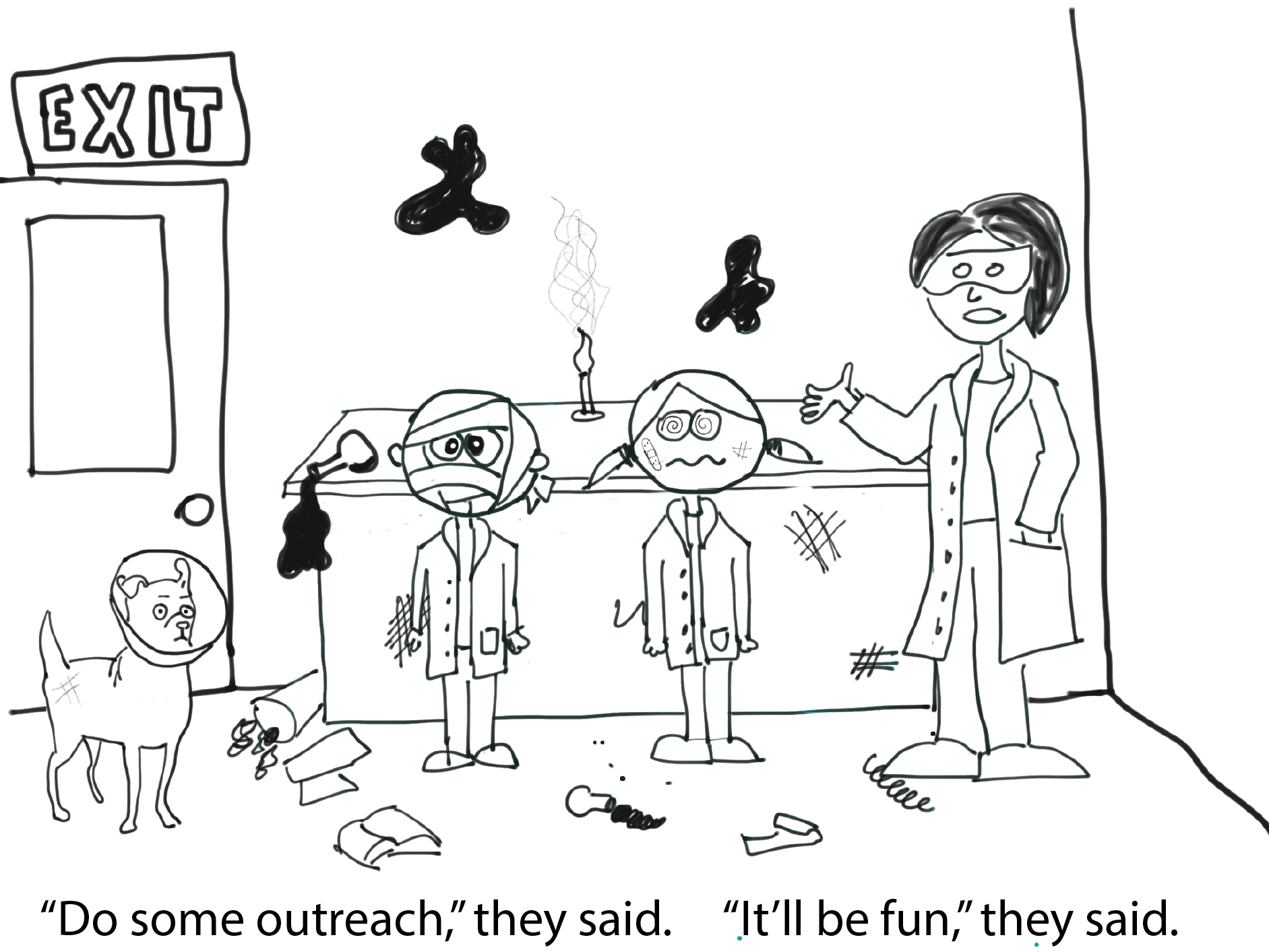Recently, NASA was in the news. Sadly, this time it was not for an amazing accomplishment like keeping a delicate piece of equipment running for more than a decade longer than expected at a remove of millions of miles (RIP Opportunity, we love you). This time it was because the first ever all female spacewalk did not happen as planned. Astronaut Ann McClain had to cede her spot to a male colleague because there were not enough space suits in the right size available.
Ignoring the fact that it’s 2019 and we still haven’t had an all female space walk (I mean, what the heck, right?) to have a historic and personal event like this scuttled at the last minute because our infrastructure fails to account for female bodies is, frankly, stupid. The fact that 1/3 of female astronauts are ineligible for space walks because there are no small sized space suits is stupid. The fact that this problem has been known for decades and nobody has not done anything about it is just plain stupid.
Space walks are an extreme case. Only a ludicrously small percentage of humans will go into space, let alone walk in space, but this is problem women everywhere experience on a daily basis. The assumption that the default size is the “average” white male creates barriers for women in all sorts of settings.
As a young girl, I took to heart the advice of an early role model, “Work smarter, not harder!” Ah, Scrooge McDuck, you crafty genius. When faced with physically difficult tasks like moving an enormous stacked bookshelf by myself at the age of 12, I worked the problem. Clearly I can’t simply muscle my way to success, but I could deploy levers and thin slick objects to make my own furniture sliders. At the time, I approached my limitations as a temporary issue. After all, I was a child. Eventually, I would be an adult and the world would be perfectly sized for me.
Alas, that simply isn’t true.
Until very recently, women were banned from serving in combat in the armed forces (though women have in fact been in combat for decades while serving in “support” roles). One of the arguments has been that women’s smaller bodies are more prone to injuries while carrying the heavy gear required for ground personnel. It is true, women experience more stress fractures and injuries during training,because the packs they carry were designed for men.Do those packs actually need to be that heavy? Well, lets put it this way, if human males were the same size and body shape as women, the packs would be lighter and smaller.
In fact, we can study the issue and put actual dollar value on what it would cost to change gear to accommodate women’s bodies. NASA estimated $15 million dollars to make small space suits back in 2003. Is equity worth $15 million dollars? We as a society can debate that (or just agree with me that, “YES! It’s worth the cost!”), but we need to engage with the debate meaningfully first. Yes, redesigning military gear and space suits to accommodate women will cost money. It cost money to design the gear we have now. What is really causing unnecessary cost, though, is not accommodating women. It is the baseline assumption when building human infrastructure that the default is male.
Aerospace engineers learned the hard way that making assumptions about bodies and trying to use an average composite for human dimensions is a terrible way to design. Test pilots in the 1940’s were dying at shocking rates. The final conclusion was that creating cockpits around an “average” body was creating an environment that did not actually work for anyone. Instead, engineers shifted their approach and made cockpits highly customizable. Which means that now pilots from the extremely petite to very husky can safely configure military cockpits to their specific body configurations.
As a woman, I live in a world that constantly presents me with physical challenges. From the men in my life who feel a compulsive need to tighten every jar and bottle to the furthest extent physically possible, instead of simply to the extent necessary to keep the object sealed, to high shelves at work stacked to the ceiling with heavy objects, in an office setting dominated by women nonetheless.
When I protest that a latch is too high or a box has been overfilled to the point of bursting, men around me rush forward, “Let me help you!” Yes, that’s nice, but what I’d really like is to not be dependent on men to handle simple daily tasks. I’d like a world that recognizes and accommodates my body. I’d like not to have to constantly manage spaces at home and at work in such a way as to prevent thoughtless men from making my life harder with their innate assumptions that everyone can simply hoist heavy things around, or that women just natively need help with physical tasks.
In spaces dominated by women design has kept up. Appliances have become more ergonomic, lighter, and designed with female bodies in mind. I’ll never forget the deeply perplexed look on a male roommate’s face many years ago when I brought home a (now rather standard) kidney shaped laundry basket. “Why is it so odd shaped,” he asked, brow furrowed? I heaved the basked full of laundry up and held it one-armed against my hip.
“Because women are curvy and we need a free hand to open the damned laundry room door.”
Outside of the “female sphere” the world still operates on the default male assumption.
I’m going to end this post with a story from college days. It’s a story my family has heard many, MANY times. A story that causes my husband and even taller son to roll their eyes.
I shared an apartment with three men, the shortest of them was 5’10”. As with all college roommates there were tensions with chores like washing the dishes. There were also a ludicrous amount of coffee cups. Everyone had come with dishes, including one roommate whose grandmother gave him a set of 24 small coffee cups (shaped like tea cups, but heavy like mugs). Being the lazy early 20 somethings we were, when the glasses ran out and the dishwasher wasn’t quite full, folks dug into the mugs.
At some point, every single glass and mug ended up in the dishwasher and instead of putting them away after washing, everyone just started using them out of the washer. I got fed up and decided to just put the dishes away. Of course, because they were a vessel of last resort, and ugly, the mugs had been relegated to the highest cabinet shelf and given their little curly handles, would only all fit on the shelf in a particular configuration. There I stood, in sock feet, stretching to my tippy toes* pushing cup after up onto the shelf. The very last mug would not quite go into place and as I attempted to shift the mugs around, it tumbled down and smacked me dead center in the forehead. I did a rather impressive little pirouette (no one saw) and ended up in a pseudo lotus position on the kitchen floor. Even more impressively, I caught the stupid cup on the way down.
There I sat, no doubt looking rather blank in the middle of the kitchen. The men turn around at this point and ask, “Why are you sitting on the floor.”
“Because, your wretched mug, that you couldn’t be bothered to put away hit me on the head.”
They looked at me confused. I rose, slipped on my shoes and walked out of the apartment to walk off the growing rage (fed by a host of other inter-personal roommate garbage).
Upon my return, entering through an open a sliding glass door, unseen, I was greeted by a round guffaws.
“I mean, how could she drop the cup on her head,” said the 6’ tall man in work boots standing in front of the cabinet? “It fell like what, an inch?”
“How,” I responded archly from behind. “Oh, I don’t know,” kicking off my shoes and striding to the kitchen. “How about, because I’m shorter than you dumb@$$.” I snatched the cup out of his hand, stood on tippy toes again, and shoved it back on the shelf.
The looks of stunned comprehension on their faces were priceless and infuriating.
Is it really a shock that women’s bodies are smaller than men’s? Not at all, and yet, the operating parameters all orbit around male bodies. Just imagine, if women who fit into the expected physical capacities of an adult human cannot get reasonable accommodation, how frustrating must it be for folks with disabilities or extreme outlier body shapes?**
To clarify, I am not short. I am a sturdy 5’6” tall. That’s the high end of average for a Caucasian woman of northern European descent. Add in the nearly 2 extra inches I get from wearing supremely comfortable clog-style shoes most days and I appear, dare I say it, almost tall. AND YET, men in my life seem to think it’s perfectly acceptable to rib me for being “short,” which by the way would be even less cool if I really were short, and comment when they have to adjust things like seats in cars when driving after me. Do women complain about “the talls” when we drive after men? Not in my experience, we just accept that tall people happen.
Why is OK for men to ask for a “real” fork when you hand them the smaller salad fork, as though size is a measure of value? Once you start listening more carefully to the language around size, you start hearing it everywhere and you can’t help but start seeing the sexism of our culture oozing through even the simplest of items, like a dumb fork. Well, I happen to like the salad forks, because I have a small mouth and don’t feel the need to pile as much food into it at a time as possible. I also have small hands that are not super strong, but they are great for getting stuff out of tiny jars and reaching into jammed drawers, so there!
Tiny handed women of the world UNITE!
We want space suits! And we want them now!
~~~~~~
*There was no stepladder in the apartment because the men insisted they couldn’t give up their giant mountain of soda cans to house it and they would “get stuff you need for you.”
** The answer is, super bleeping frustrating.








